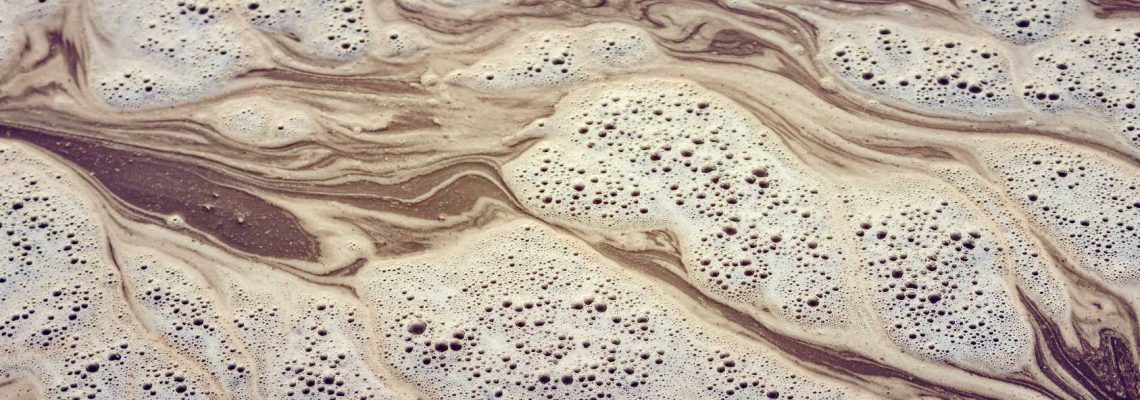Preventing A Sewer Backup In Your House
Black water contains viruses and other pollutants, and it presents a serious risk of illness and injury. Sewage is black water, and if there’s ever a sewer backup in your house in Springfield Missouri, it should be addressed as soon as possible. By knowing what causes sewage to back up, homeowners can prevent these situations. Read on to learn the causes of, and how to prevent, sewage backups.
What Causes Sewage Backups?
Pipe clogs: Sewage may back up into the home when the main line or drain pipes are clogged. For instance, if the problem lies in a toilet, the drain in that room may be clogged. However, if all the tubs, sinks, and toilets in the home create a backflow, there’s likely a clog in the main line. These clogs might consist of grease, hair, and other solids.
Root intrusion: Tree roots can grow so long that they get tangled in sewer lines, causing holes and crushing the line entirely. Even if there are no trees in the yard, roots from nearby trees can get into the line and cause damage.
Sewer line damage: Older sewer pipes were formed of clay or cast iron, which break down over time. An aging sewer system may crack and deteriorate, causing sewage to back up into the home. Modern sewer systems are made of durable plastic piping that can bend with shifting soil.
Heavy rains: Excessive rainfall can put an enormous burden on your home’s sewer system. If the lines can’t handle the extra water, it may find its way into nearby sewer lines, putting homes at risk for backups.
Preventing Sewer Backups and Keeping Your Home Safe
Avoid pouring grease down drains. Cooking oil and bacon grease may harden within the pipes, gradually creating clogs and stopping drainage. To dispose of fat and grease properly, pour it into a glass or heat-resistant container and put it in the trash after it’s cooled.
Practice proper disposal of paper goods. Flushing feminine hygiene products, paper towels, and diapers down toilets can quickly cause a sewer line clog. Save the trouble and expense and discard these items in a trash can.
Cut tree roots or install new pipes. To prevent root-related pipe damage, replace the buried line with a new piece of pipe. However, if roots still grow into the sewer lateral (the line), cut them occasionally.
Install backwater prevention valves. These important fixtures let sewage flow out but prevent it from backing up inside the home. A backwater prevention valve is usually installed into the sewer line, but some are found in basement drain lines as well.
Sewage backups aren’t just dirty, they can be dangerous as well. If such a backup occurs in the home, call a restoration expert for remediation of damage caused by black water. Handling this contaminated water without the right tools can put a homeowner at risk of certain diseases, and it is best to call PuroClean Certified Restoration for repair and water remediation assistance.


